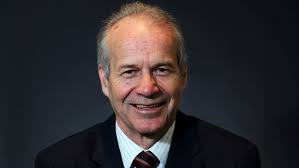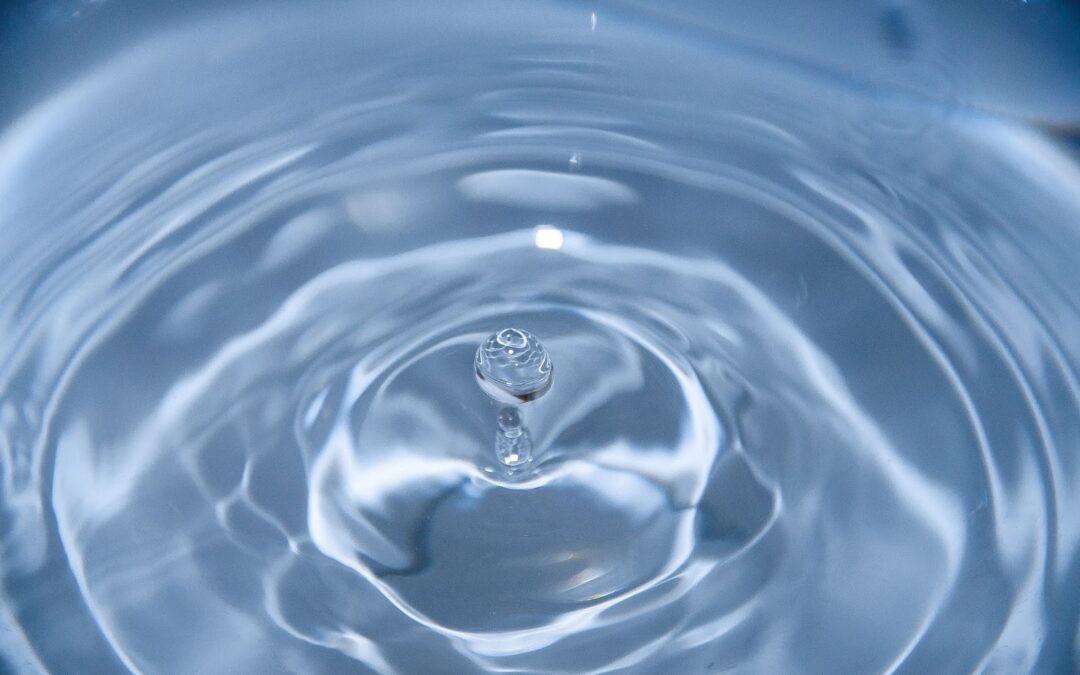The inventors of CPAP have transformed the landscape of sleep medicine, offering a beacon of hope to those plagued by sleep disorders.
The Continuous Positive Airway Pressure (CPAP) device, now synonymous with alleviating the symptoms of conditions such as obstructive sleep apnea, stands as a testament to the ingenuity and perseverance of the minds behind its inception.
Their revolutionary impact cannot be overstated, as their innovation has improved the quality of life for millions, ensuring restful nights and healthier days.
The Advent of Sleep Apnea Treatments
Sleep apnea, notably its most prevalent form, obstructive sleep apnea, presents a formidable challenge to countless individuals globally.
This disorder manifests as repeated interruptions in breathing during sleep, often resulting in a sharp reduction in sleep quality, daytime fatigue, and an increased risk for other conditions like heart disease.
Traditional treatments ranged from lifestyle changes, such as weight management and positional therapies, to more aggressive approaches like surgical intervention and permanent tracheostomy.
However, many of these options came with their own set of complications, limitations, and potential side effects.
The medical community recognized the pressing need for an alternative — a non-invasive treatment that could effectively address the core issue without subjecting patients to invasive procedures or uncomfortable therapies.
As the prevalence of sleep disorders grew, so did the urgency to find an innovative solution that could not only treat the symptoms but also enhance the overall sleep quality of apnea patients.
The stage was set for a transformative intervention, setting the wheels in motion for the inventors of CPAP to introduce their groundbreaking invention to the world.
Dr. Colin Sullivan: The Mastermind Behind CPAP

Dr. Colin Sullivan, based at the University of Sydney, stands out as one of the pioneering figures in the realm of sleep medicine and sleep disorders. His determination to find an effective CPAP treatment led him down a path of relentless research and experimentation.
The conception of the CPAP device, a key advancement in sleep technology, emerged in the late 1970s from Sullivan’s lab. Instead of surgical intervention or other invasive procedures, he envisioned a device that would utilize CPAP, thereby offering a non-invasive treatment for obstructive sleep apnea patients.
His innovative vision led to the creation of early CPAP machines, a transformative solution that ensured improved sleep quality for those suffering from severe obstructive sleep apnea. These early prototypes, though rudimentary, set the stage for the advanced CPAP devices we know today.
Evolution And Advancements In CPAP Technology
From Dr. Sullivan’s initial prototype, the journey of CPAP machines has been marked by persistent refinement, rigorous testing, and cutting-edge innovation. The goal was always clear: to improve the sleep quality of apnea patients by ensuring uninterrupted breathing, while also enhancing the overall user experience.
Companies like ResMed and Philips Respironics became prominent for their commitment to innovation and excellence.
Dr. Colin Sullivan, based at the University of Sydney, stands out as one of the pioneering figures in the realm of sleep medicine and sleep disorders.One notable advancement was the introduction of BiPAP (Bilevel Positive Airway Pressure) machines.
Unlike traditional CPAP, which delivers a constant stream of air, BiPAP machines adjust the air pressure automatically, offering a higher pressure during inhalation and a lower pressure during exhalation.
This was a significant step in ensuring more comfortable sleep for patients, particularly those with severe sleep apnea.
Then came the auto-CPAP machines, a leap in sleep technology that automatically adjusts air pressure throughout the night based on a patient’s breathing patterns. This self-regulating feature ensured that patients received the exact pressure they needed at any given moment, thus enhancing sleep quality.
Furthermore, the design of CPAP masks underwent a transformation. From bulky and uncomfortable initial designs, the masks evolved into ergonomic, user-friendly, and often customizable face masks, ensuring a better fit and comfort for users. Innovations in silicone adhesive and mask design played pivotal roles in these advancements.
The Impact of CPAP on Sleep Medicine
The effectiveness of CPAP therapy wasn’t merely in its ability to alleviate breathing problems, but also in its contribution to broader health outcomes. CPAP brought about marked improvements in sleep quality, which in turn had cascading positive effects on other health metrics.
Improved sleep, facilitated by CPAP devices, led to reductions in risks associated with untreated sleep apnea, such as heart disease.
The rise of sleep technology, underlined by the invention of the CPAP and its subsequent iterations, ushered in a new era for sleep medicine. As devices became more sophisticated, the importance of sleep doctors became even more pronounced.
Their role transitioned from mere prescribers of medication or recommenders of surgical intervention to champions of advanced tech solutions. Sleep doctors were integral in validating the efficacy of CPAP machines, endorsing them, and educating patients about their myriad benefits.
Moreover, as sleep disorders gained more attention, the significance of home sleep tests and sleep clinics grew. These institutions, armed with advanced sleep technology, provided a more comprehensive diagnosis and allowed for tailored treatment options, ensuring that patients received optimal care.
The machine is not just a testament to ingenious engineering but also a beacon that illuminates the importance of sleep for overall well-being.
Current Landscape And The Future

Today’s CPAP machines are equipped with sophisticated features like heated humidifiers, wireless connectivity, and data tracking, enhancing the user experience and treatment efficacy.
Auto-CPAP devices, which automatically adjust air pressure based on real-time breathing patterns, are increasingly popular among both sleep doctors and patients. Their ability to offer precise, moment-to-moment adjustments represents a pinnacle in sleep technology.
Additionally, the arena of CPAP masks has seen substantial development. From full-face masks for those with nasal obstructions to nasal pillows for those seeking a minimalist design, there’s a fit for every preference. Innovations in mask design and materials, such as the use of softer silicone adhesive, have further elevated comfort levels.
But what does the future hold for CPAP technology and sleep disorder treatments?
The horizons seem promising. As medical technology continues to advance, it’s plausible to foresee even more personalized CPAP devices, possibly integrating AI-driven algorithms to further refine treatment.
Furthermore, as our understanding of sleep disorders deepens, it’s likely that we’ll witness the development of devices that can treat a broader range of conditions beyond obstructive sleep apnea.
Moreover, with the increasing prevalence of wearables and health-tracking devices, the synergy between sleep technology and personal health monitoring is expected to grow. Such integrations could offer insights into a patient’s overall health and well-being, and not just their sleep patterns.
In tandem with technological advancements, the role of sleep doctors and the broader medical community will continue to be paramount. Their expertise will guide innovations, ensuring they align with patient needs while upholding the highest standards of medical efficacy.
Also Read: What is AI’s Role in Modern Sleep Apnea Treatment?
Conclusion
The revolutionary journey of CPAP is one of resilience, innovation, and an unwavering commitment to enhancing the lives of those plagued by sleep disorders. As we reflect upon this transformative path, it becomes imperative to honor the inventors of CPAP for their monumental contribution to sleep medicine and, by extension, to global health.
The invention of the CPAP machine wasn’t just a breakthrough in treating sleep apnea; it was a beacon of hope for millions worldwide. Today, as many lie down each night, they do so with the reassurance that a good night’s sleep is within reach, thanks to a device that has consistently evolved and adapted to patient needs. To further enhance this nightly experience, high-quality CPAP accessories from Resway can be a game-changer. This is a testament to the foresight and ingenuity of its inventors.
As we look forward to a future filled with even more advancements in sleep medicine, we do so with gratitude, recognizing the legacy and the ongoing impact of a device that has truly changed millions of lives.
What are your key takeaways from this article? Please share it with us in the comment section below!



